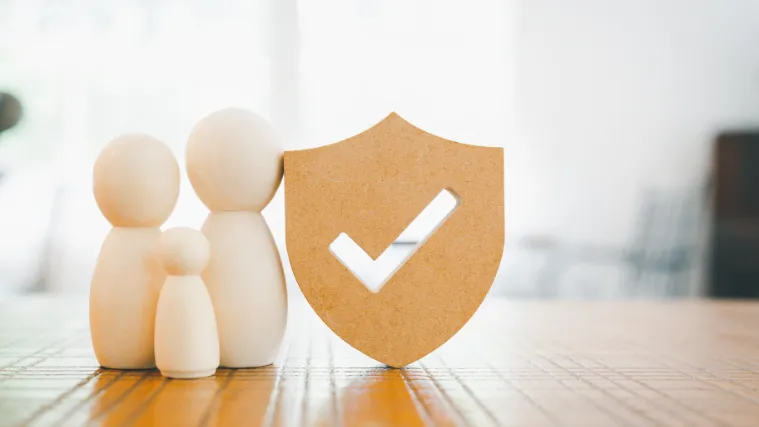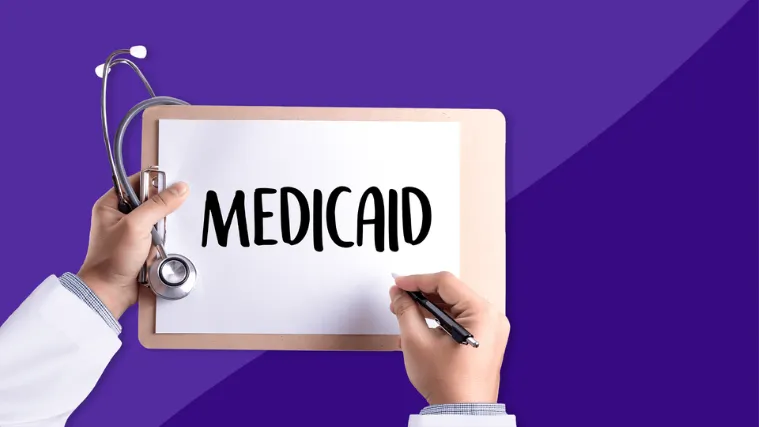Medicaid provides essential health coverage for millions of people in the United States.
However, sometimes someone might want or need to cancel their Medicaid insurance.
Whether you’ve found a new job with employer-sponsored insurance, become eligible for Medicare, or no longer meet Medicaid’s income requirements, the process of canceling can seem confusing.
This article will walk you through the steps to cancel your Medicaid insurance while answering common questions to make the process as stress-free as possible.
Understanding Medicaid and Why You Might Cancel It

Medicaid is a government program that helps low-income individuals and families access healthcare.
It’s funded jointly by the federal government and the states, meaning each state has its own rules for eligibility and benefits.
Despite its benefits, there are various reasons someone might choose to cancel Medicaid:
- New Health Coverage: You’ve started a new job offering health insurance.
- Change in Income: Your income has increased, making you no longer eligible for Medicaid.
- Switching to Medicare: If you’re 65 or older or have a qualifying disability, you might transition from Medicaid to Medicare.
- Personal Choice: Some people may prefer private insurance or decide they no longer want government-provided health coverage.
Whatever your reason, it’s important to follow the correct steps to avoid penalties, lapses in coverage, or issues with future applications.
Things to Consider Before Canceling Medicaid
Canceling your Medicaid insurance isn’t a decision to take lightly. It’s important to make sure you have another form of coverage lined up, especially since having no health insurance can lead to high medical costs.
Here are a few key things to keep in mind:
- Alternative Coverage: Do you have other insurance ready to take over? Double-check the start date of your new coverage to avoid a gap.
- Eligibility Changes: If your financial situation changes in the future, you can typically reapply for Medicaid.
- State Rules: Each state manages its Medicaid program differently, so the cancellation process can vary. Make sure to follow the guidelines specific to your state.
- Impact on Other Benefits: Medicaid is often tied to other programs like SNAP (food stamps). Canceling Medicaid could affect your eligibility for these benefits.
Step-by-Step Guide to Canceling Medicaid Insurance

If you’ve decided to cancel your Medicaid insurance, follow these steps to ensure a smooth transition.
1. Contact Your Medicaid Office
The first step is to get in touch with your state’s Medicaid office. You can find contact information on your state government’s website or by calling your Medicaid customer service hotline.
Explain that you want to cancel your coverage and ask about the process specific to your state.
Some states may require written notice, while others allow cancellations over the phone or online.
2. Submit a Written Request (if needed)
In many states, you’ll need to provide a written request to cancel your Medicaid.
This can usually be done by mail, email, or fax. Be sure to include the following information:
- Your full name
- Medicaid ID or case number
- Contact information (phone number and address)
- A brief statement requesting cancellation
- The effective date you want the cancellation to take place
Keep a copy of your written request for your records.
3. Confirm the Cancellation
Once you’ve submitted your request, follow up with your Medicaid office to confirm that your coverage has been canceled.
This step is crucial to avoid any misunderstandings or continued billing.
Ask for written confirmation or a reference number for your records.
4. Notify Your Healthcare Providers
If you have any upcoming medical appointments, let your healthcare providers know about your change in insurance status. This will help them update their records and avoid billing issues.
5. Manage Your Other Benefits
As mentioned earlier, Medicaid is often tied to other assistance programs. Be sure to check how canceling Medicaid might affect these benefits and take any necessary steps to maintain them if possible.
What Happens After You Cancel Medicaid?

Once your Medicaid insurance is canceled, it’s essential to understand what comes next:
- Coverage Termination Date: Medicaid typically ends on the last day of the month in which you requested cancellation. For example, if you cancel on December 10, your coverage might continue until December 31.
- New Insurance Activation: Ensure your new health coverage starts as planned. If you’re switching to Medicare or private insurance, have your ID cards and policy details ready.
- Reapplication Options: If you need Medicaid in the future, you can usually reapply, provided you meet the eligibility criteria at that time.
Frequently Asked Questions
Can I cancel Medicaid online?
In some states, you can cancel Medicaid through an online portal. Check with your state’s Medicaid website to see if this option is available.
Will I face penalties for canceling Medicaid?
There are no penalties for canceling Medicaid. However, not having any health insurance could lead to financial risks if you face unexpected medical expenses.
What if my income increases temporarily?
If your income rises temporarily and you no longer qualify for Medicaid, you may be eligible for subsidized health plans through the Health Insurance Marketplace.
Can I switch back to Medicaid later?
Yes, if you meet the eligibility requirements in the future, you can reapply for Medicaid.
Tips for a Smooth Transition

- Plan Ahead: Don’t cancel Medicaid until you’re sure your new coverage is active.
- Stay Organized: Keep records of all communications with your Medicaid office, including dates, names, and reference numbers.
- Seek Assistance: If you’re unsure about the process, don’t hesitate to reach out to a Medicaid representative or a local health insurance navigator for help.
Final Thoughts
Canceling Medicaid insurance may seem like a daunting task, but with the right information and careful planning, it doesn’t have to be.
By following the steps outlined above and staying proactive, you can make the transition to new health coverage as smooth as possible.
Remember, health insurance is a critical part of protecting yourself and your family.
Before canceling Medicaid, take the time to explore your options and ensure you have a plan in place for ongoing coverage.
If you ever need Medicaid again, know that the program is there to support you when you qualify.
…Server Error…
